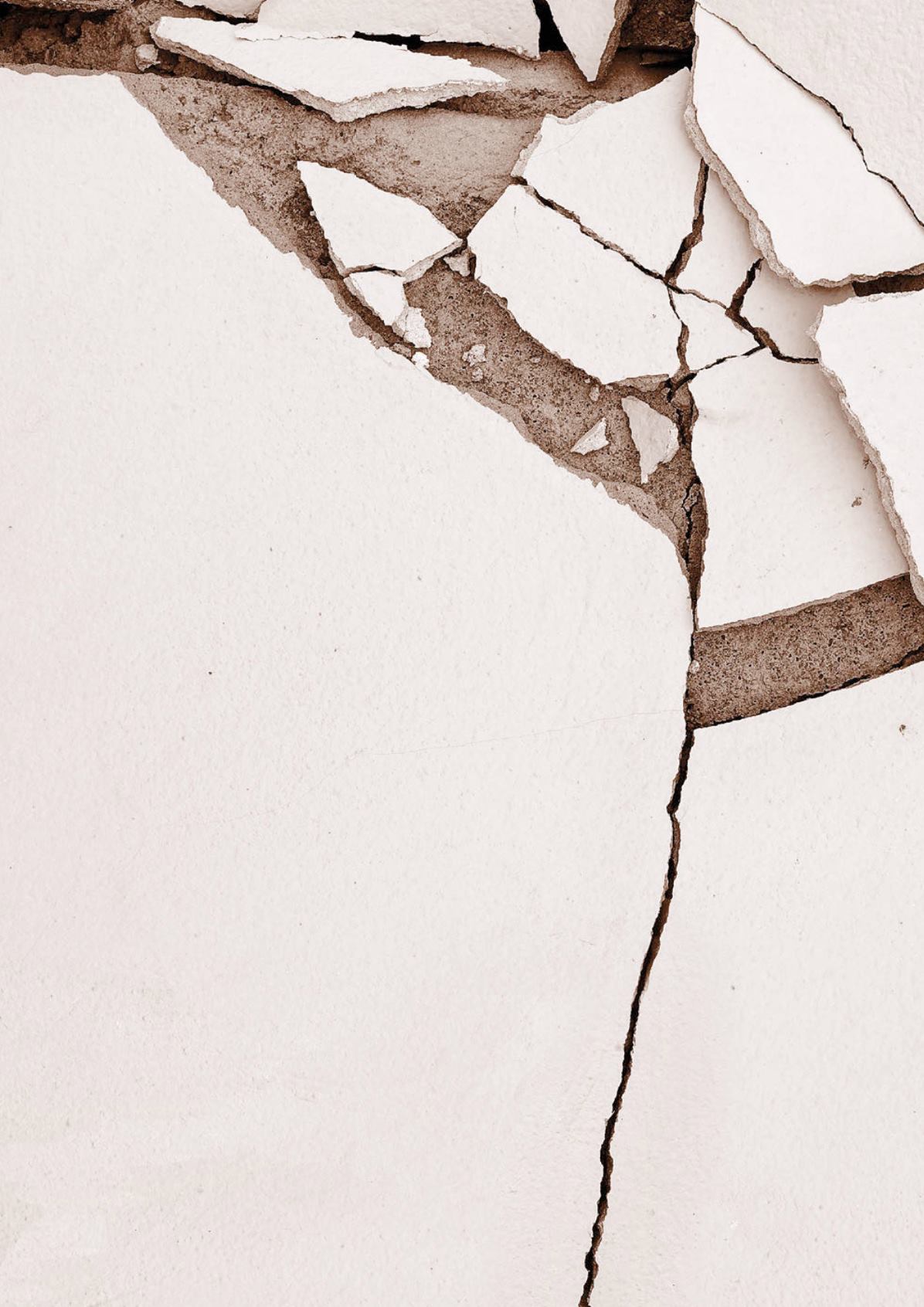
Brian Goldstein, Fairmount Santrol, USA, explains how
new technology can evenly distribute proppant throughout
the length of a fracture.
FRACT
FURTHERING
URING
/
P
ropel SSP™ proppant transport technology is designed to lower cost per boe by increasing
hydrocarbon production and reducing hydraulic fracturing expense. Operators working
in heterogeneous formations are applying this proppant and fluid system in one with less
water and fewer chemicals in less time. The technology’s hydrogel polymer, which is wrapped
around a proppant, rapidly swells and suspends the proppant when added to water. These
attributes enable uniformproppant distribution throughout a thin frack fluid, increasing the
propped fracture surface area.
By increasing the propped fracture surface area, operators in some cases are increasing
production bymore than 50% in initial field trials comparedwith offset wells completedwith
traditional fluid systems and the same proppant volume. This technology counters the decades-old
problemof evenly distributing proppant throughout the full length of a created hydraulic fracture.
Betterhydraulic fracturing
Because traditional proppant falls out of the frack fluid and forms a dune before reaching the
fracture tip, engineers increase frack fluid viscosity and/or pumping rates. Additives that boost
fluid viscosity can be costly and the chemistry can cause damage that obstructs production.
Further, engineers are choosing finer-mesh proppant, exchanging lower-conductivity proppant in
favour of enhanced transport.
With Propel SSP, petroleumengineers can nowchoose the optimal proppant for the application
by relying on the hydrated polymer and its innate friction-reduction properties to transport the
proppant farther. This factor ensures operators can achieve the desired fracture conductivity.
The shear-resistant polymer remains attached to the proppant substrate during blending
and transport through perforations and the fracture network. Once in the fracture, a conventional
oxidising breaker, which is pumped with the polymer-coated proppant, breaks down the
polymer’s molecular chain. The breaker cleanly strips the polymer from the proppant. Only the
unaltered proppant is left in place. Unlike traditional hydraulic fracturing fluids, this technology
keeps fracks in-zone and distributes proppant where the slurry is pumped.
|
35


